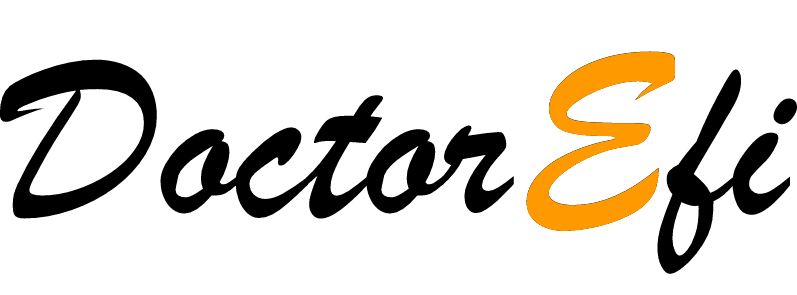
Successful treatment of high-risk neuroblastoma with the help of a biological drug called Naxitamab – a scientific article
Our world is changing in front of our eyes. New biological therapies are finding their way into every field of medicine and improving results of diseases that we once thought were untreatable.
This article, that was published in February 2025 in the prestigious journal Nature Communications, presents a new biological therapy, an antibody called Naxitamab, that is now being used for the most common malignancy in infancy, neuroblastoma.
What is the scientific background to this article?
Neuroblastoma is a tumor that is relatively common in young children, and mostly presents with high-risk disease.
For high-risk neuroblastoma, there is a large arsenal of available therapies but these have only moderate success rates.
Naxitamab is a monoclonal antibody that works against a protein names GD2, a protein that is overexpressed in cancer cells. This drug is approved in several different countries around the world for certain individuals with a particular type of high-risk neuroblastoma that meet certain criteria.
What is the purpose of this study?
To investigate the efficacy and safety of Naxitamab as a single therapy (together with Gm-CSF which encourages production of white blood cells and increases the antibody’s activity against the cancer cells) in a sub-population of patients with neuroblastoma that is resistant to standard therapy.
What were the methods of the study?
The medication was assessed in a group of people, particular children, with high-risk neuroblastoma with resistant or recurrent disease in bones or the bone marrow.
The therapy was given in intravenous form. Every month, three doses were given 2 days apart. In addition, GM-CSF was administered until there was evidence of response to therapy, and then then it was continued for an additional 5 cycles.
What were the results of the study – was Naxitamab found to be efficient?
74 patients were recruited for this study.
The results with regards to efficacy – 50% of the patients demonstrated response to treatment, on average after about 2 rounds of therapy. One year survival was 93. The average number of cycles was 7. Keep in mind that the population being studied was children with very severe disease.
With regards to safety – the common adverse effects were hypotension (58%) when the mediation was administered and pain (54%). Most of the side effects resolved within a short period of time and were related to the intravenous medication.
So, what were the conclusions?
I always like to start with the discussion and and the limitations of the study before the conclusion.
Keep in mind that this was a study with one arm of patients, without any comparison to a different type of treatment. However, the study was about a disease that is resistant to treatment, with limited prevalence, which makes it almost impossible to conduct a study comparing two different drugs in this population in a randomized manner.
The second limitation is that this specific sub-population that was assessed is comprised mostly of children with high-risk disease or recurrent disease. But this is the exact subgroup of patients for which we need to find additional therapies, beyond what is already available.
So yes, it is a very niche topic, but this study demonstrates that there can be a mini-revolution within this field too, and improvement of survival of a very severe disease can occur.
I presume that the conclusions of the study are known to the provider oncologists that have encouraged approval of this therapy in their countries.
And let’s be aware of the fact that this therapeutic field of immunotherapy and treatment with antibodies is revolutionizing certain medical specialities, including rheumatology and oncology.
Good luck
For comments and questions, please register
